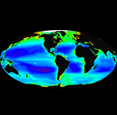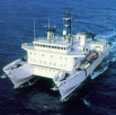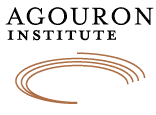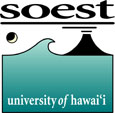The
Course
|
| |
 |
| Course Description |
 |
| The 2006 course was co-directed by Drs.
Matthew Church, Edward DeLong, David M. Karl, and Michael Rappé.
Participation was limited to 12 students. The course was based
at the University of Hawaii in
Honolulu, Hawaii. Students had access to a wide suite of facilities
and university infrastructure, including numerous laboratories in
the School of Ocean and Earth
Science and Technology and the recently constructed (2002) AGOR-26,
186 foot UNOLS research vessel
|
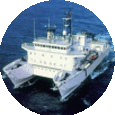 |
the R/V
Kilo Manoa. A wide range of expertise in oceanography and microbial
ecology was available; the visiting and permanent faculty consist
of world renowned scientists in the fields of marine microbiology,
oceanography, and biogeochemistry participated in teaching the
course. |
| The course explored the dynamic and fundamental
role marine microbes play in shaping ocean ecology and biogeochemistry.
In particular, students gained exposure and hands on experience
with cutting edge research tools and fundamental concepts in microbiology, biogeochemistry, |
 |
oceanography, and microbial ecology. Students
worked in research teams to address contemporary and important questions
in the emerging field of microbial oceanography. Students were
challenged to think critically about some of the following questions:
1) What determines the net metabolism of the sea? 2) What processes
control the availability and distributions of bioessential elements
in the oceans? 3) How does microbial growth influence the pathways
and rates of nutrient and energy flow in marine ecosystems? 5) How
can
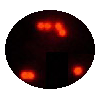 |
we use marine genomics to understand microbially-mediated pathways
in the oceans? 6) Do we have sufficient information to develop meaningful
ecological and biogeochemical models to constrain ocean ecosystem
processes? 7) What are the relationships between microbial diversity
and ecological and biogeochemical processes occurring in marine
environments? |
Click here to visit the 2007 Summer Course page.
Last updated Mon 09 Apr 07. |
|
| |
|
|


